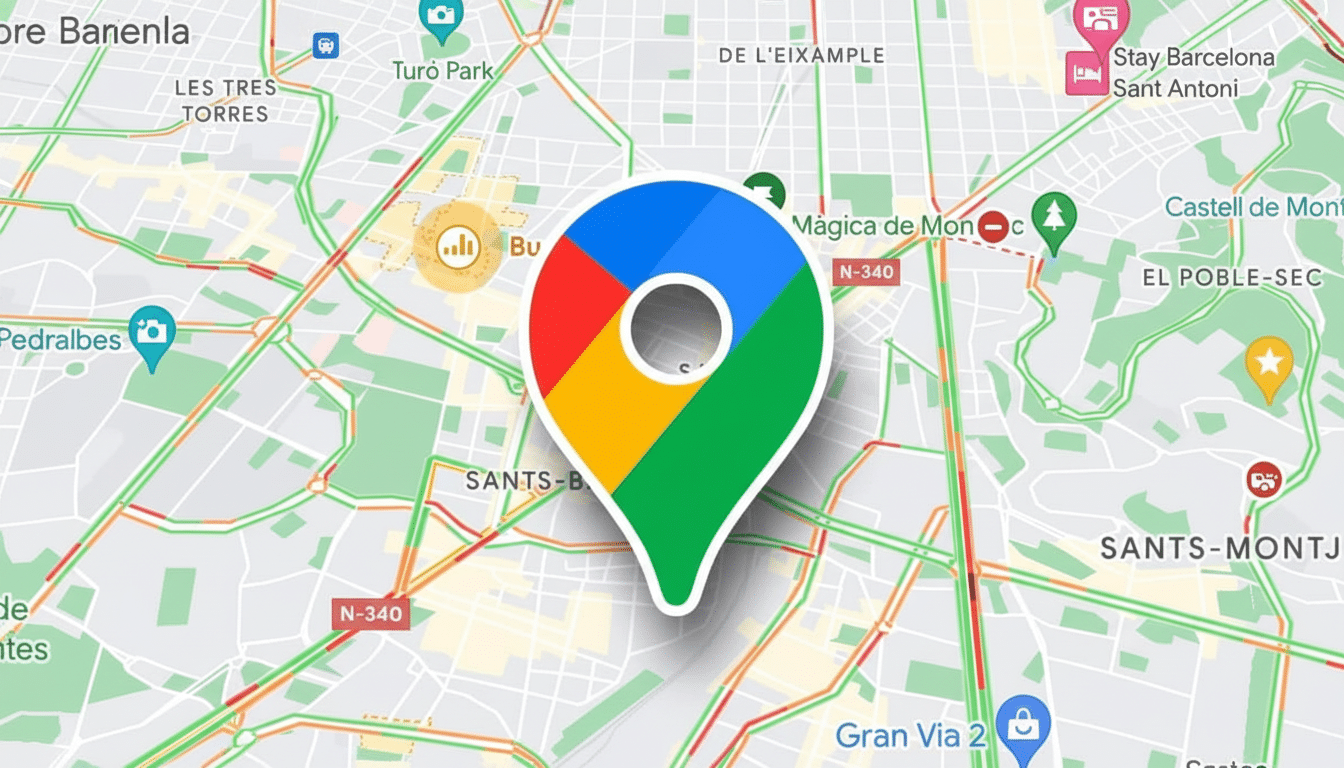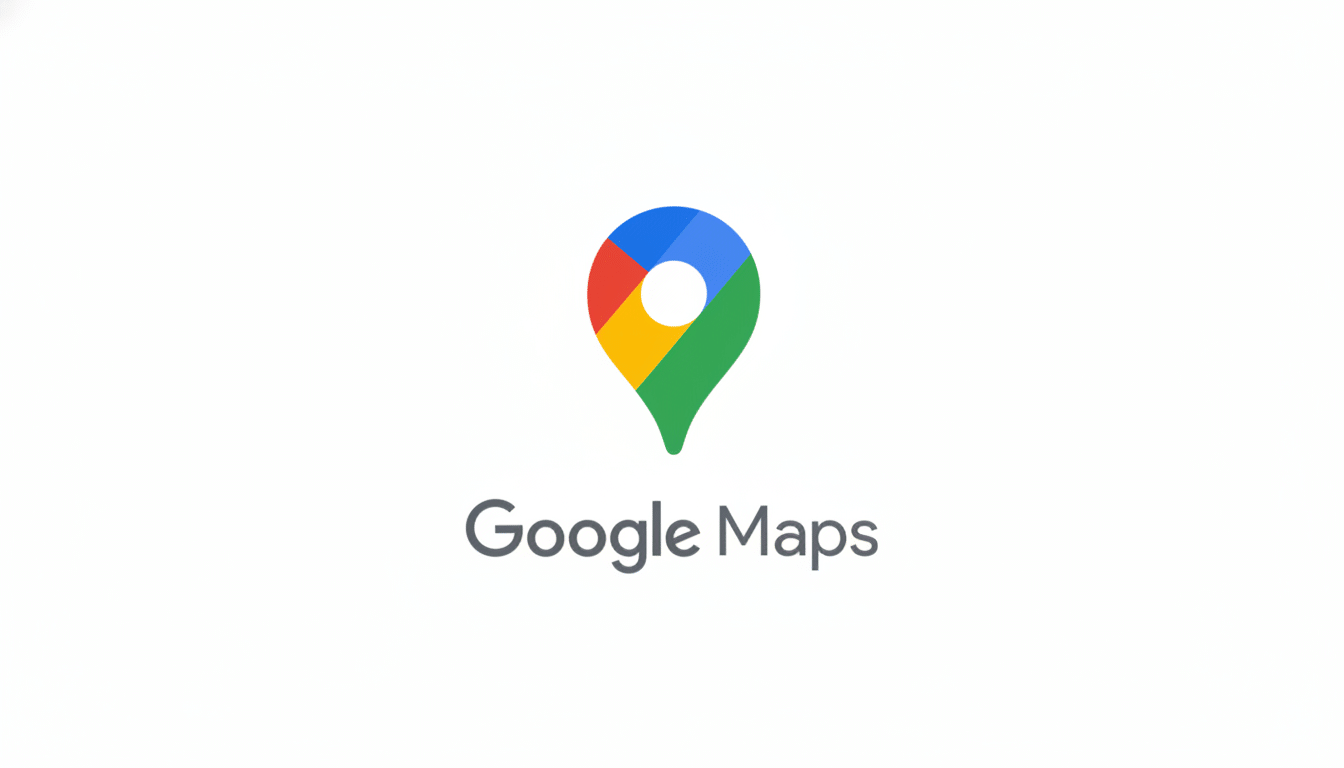Google is quietly testing a significant shift in how drivers can add stops mid-route in Maps. Rather than rain a cloud of pins down onto the map when you search mid-route, an experimental interface serves up results in a bottom sheet, complete with helpful filters that let you target the beginning, middle or end of your route.
The WIP UI has been spotted in recent Android builds of Google Maps, indicating that some sort of list-first system is on the way (it could potentially help cut down on visual clutter and decision fatigue). Early signs also suggest that the matching banner filters will be heading to Android Auto, potentially bringing a similar experience across phones and car dashboards.

What Is Changing in Google Maps’ Route Search
In the current public experience, searching as you move generates nearby data points corresponding to pins on the map. You tap a pin, see what it says and add as a stop; detour time is prominently displayed. The current prototype turns that model upside down: results come through in a card at the bottom of the screen, which you can pull up to scan names, ratings and detour impact in rapid list format.
One such practical addition is a prominent Call button next to each result — useful for verifying fuel availability, kitchen hours, or EV charger status before rounding off your detour. The trade-off is spatial context: by focusing the list, you’ll see fewer pins overlaid on your route, which can make it trickier to figure out where exactly a stop lies with respect to approaching exits or traffic choke points.
Filters are the headline upgrade. Early versions include options to filter results by the area of a trip they fall into — in close proximity to your current location, around about the middle, or in closer range of the destination. Over the long hauls, that makes a difference. Choosing a coffee stop 15 minutes forward is an entirely different proposition from choosing one two hours down the road.
Why the new list-first approach could matter for drivers
List-first designs tend to scale better in dense cities, where a map view can turn into a sea of overlapping pins. They also leave space for richer signals — things like busy times, price ranges, service notes and reviews powered by the Places database — without requiring users to multi-tap through a screen.
And a safety angle as well. The National Highway Traffic Safety Administration and the AAA Foundation have long recommended reducing multi-step activities in cars. This list with filters that know about the route and an option to call by tapping could cut down on the glancing time and interactions it takes to arrive at a stop. That upside only gets larger when reflected in car-first interfaces, such as Android Auto.

But some drivers will feel the absence of the instant map glance — particularly in unknown areas where exit configurations, U-turn bans or frontage roads can make a small detour a headache. The best solution might be to combine the two: a list of primary choices, with quick toggles to preview pins along the route line before you’re committed.
Matching route filters are being tested in Android Auto
In Android Auto, the test UI collapses the familiar Open Now toggle into a more general Filters button. Inside, route-segment filters emerge with easily recognisable icons for near you, mid-route, and near the destination. That visual shorthand cuts down on cognitive load in comparison to sifting through categories while the vehicle is already moving.
As Android Auto places stricter limitations on what a driver can do, consolidating these filters into one glanceable pane could thereby significantly hasten on-the-fly choices. Detour minutes remain the benchmark to beat, but context-aware filtering should help raise higher-quality candidates more quickly — a highly rated diner just after the halfway point rather than an agglomeration of options you’ve already passed.
How this compares today, and what could roll out next
Rivals already compete for market share in this arena. Apple Maps provides for multi-stop routing and makes it possible to search along an active route, typically resulting in pins bearing estimated detours. Waze, a Google cousin of sorts, mixes map and listings, and prioritizes the least driving time and crowdsourced alerts. Google’s experiment values clarity and filters, then, indicating a more directive attempt to slice through visual mess while holding on to the important stuff.
Keep in mind that this is not a settled rollout. Features in beta builds are sometimes controlled by server-side flags and they may disappear, change or get promoted. Even some of the buttons in the test UI seem to be unfinished, which is an indication that the team is still adjusting the flow. As testers noted with the build number — version 25.42.02.817770306 on Android — this suggests there’s work that is more recent in development, but not imminent for wider availability.
To do that, Google could land on a hybrid solution — list-first discovery combined with the ability to quickly preview pinned items — which would enable users to take advantage of both worlds. Toss in the company’s real-time data advantages, including live busyness and reported fuel prices where available, and route-aware filtering is an appealing reason to plan stops without ever departing navigation. For now, keep an eye out for small interface tweaks and a new Filters button the next time you search along your route.

